eaglercraft - A Portal Born From Boredom
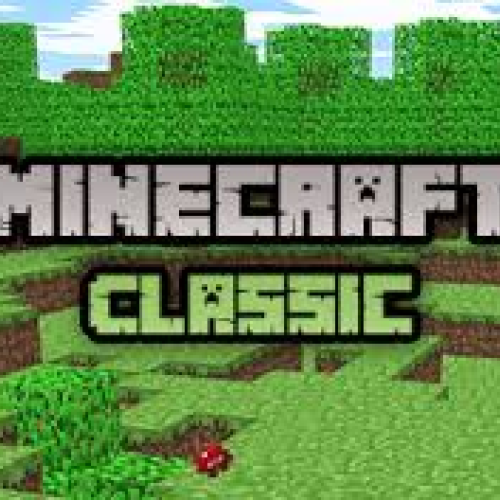
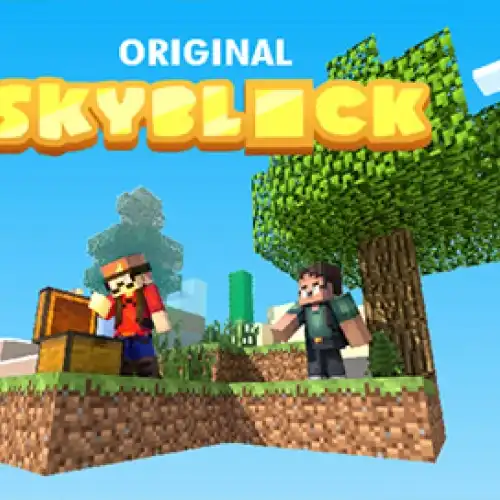


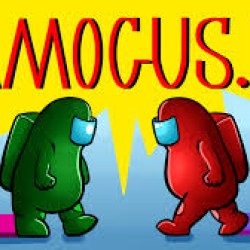
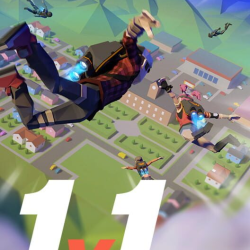




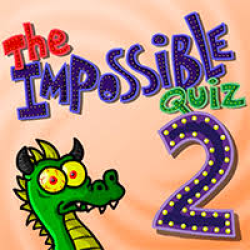
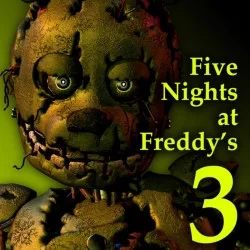
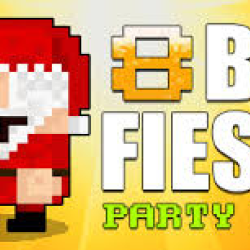
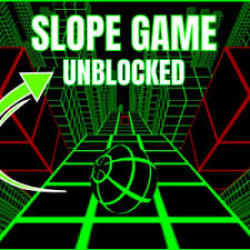
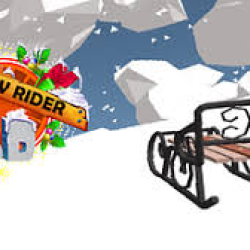
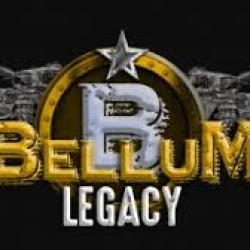
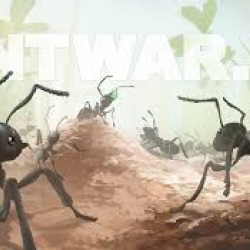
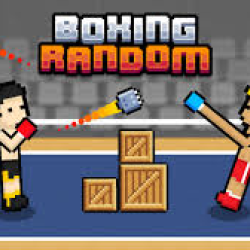
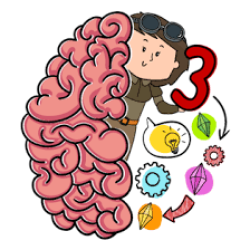


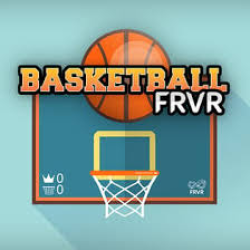
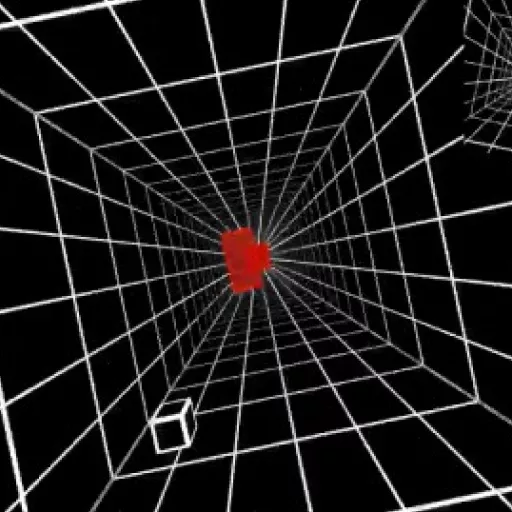

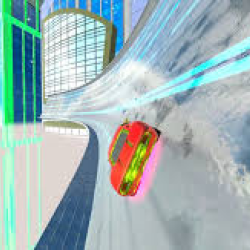
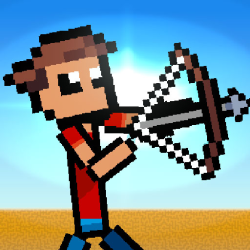
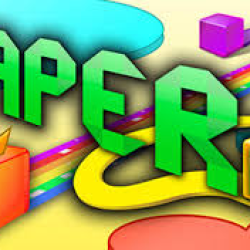
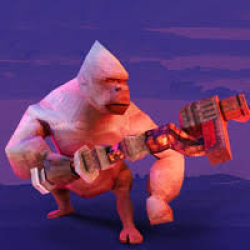
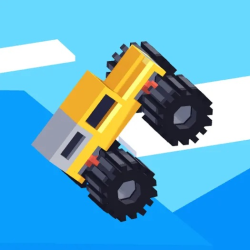

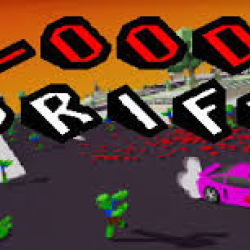
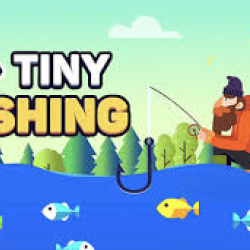

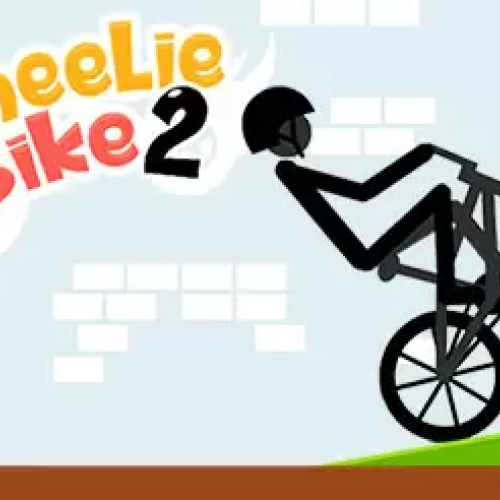
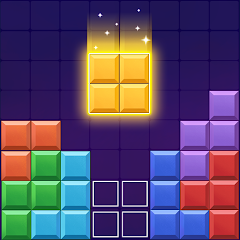
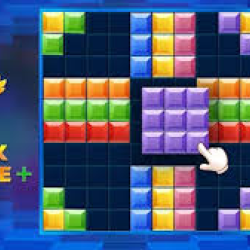
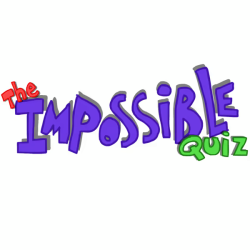

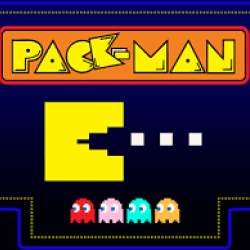
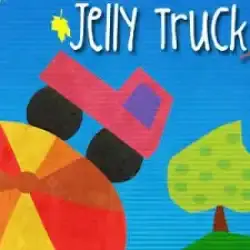


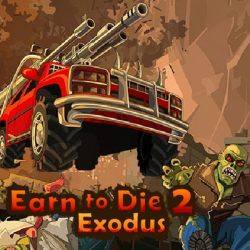
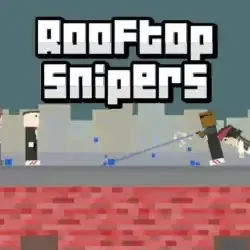
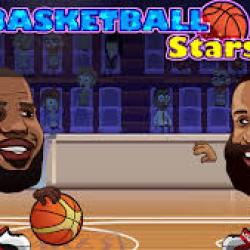

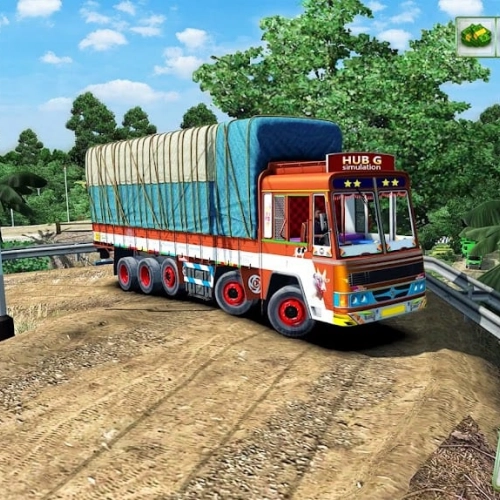



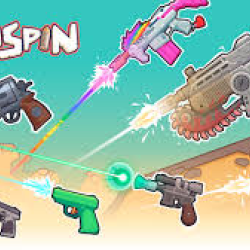
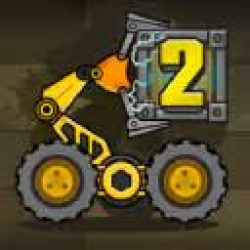
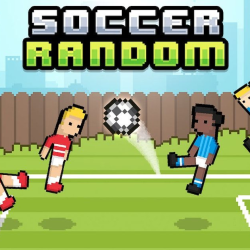
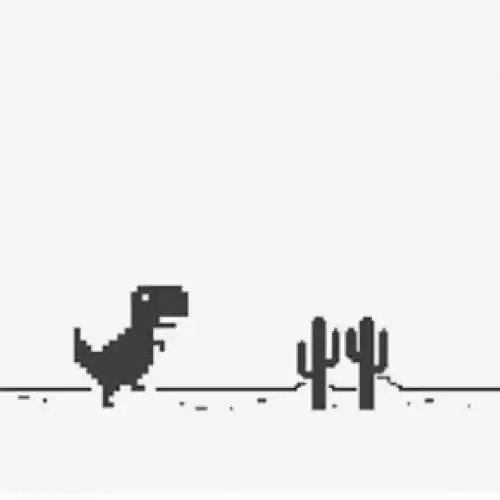



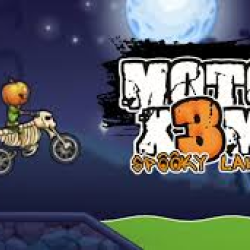


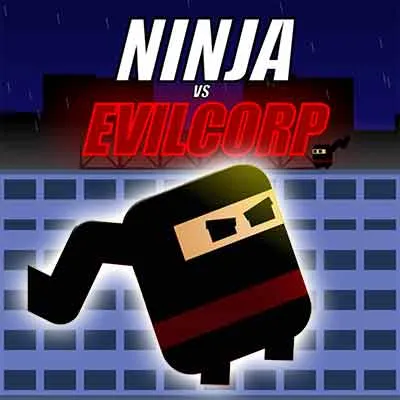

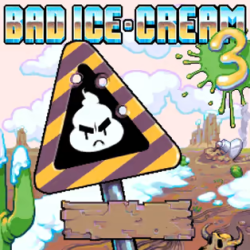

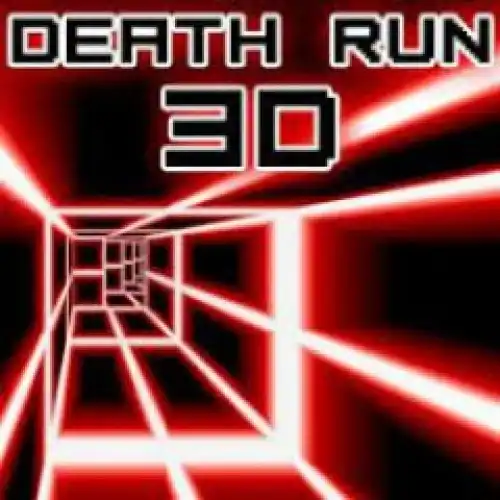

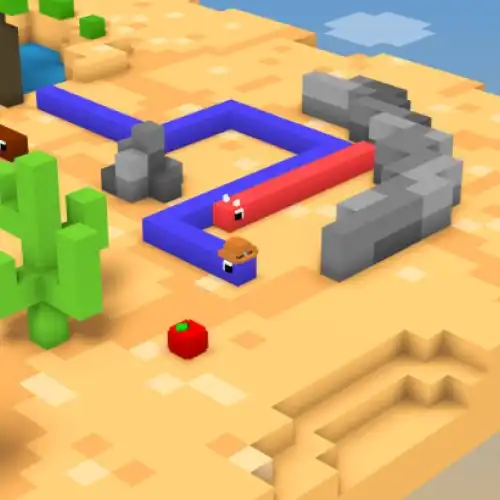
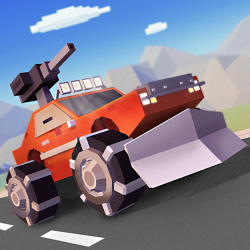
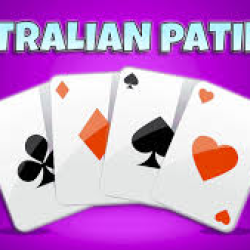


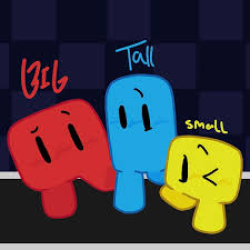
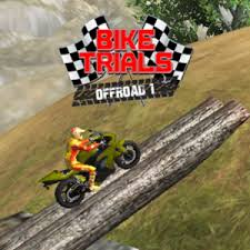
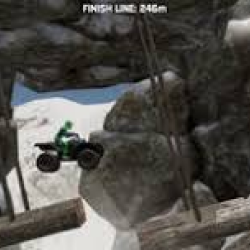
Eaglercraft is quietly redefining how Minecraft enthusiasts, especially those in restricted environments like schools and public institutions, experience the world’s most iconic sandbox game. While Mojang’s official releases cater to premium platforms and require login credentials and hardware compatibility, Eaglercraft breaks through those barriers. It offers an online browser-based version that runs on legacy code inspired by Minecraft Java Edition 1.5.2, enabling access from virtually any modern web browser — even Chromebooks.
Despite its unofficial nature, Eaglercraft has gained traction across communities where access to traditional Minecraft is blocked or limited. Students in school districts that restrict game downloads have found a way to rejoin the blocky universe thanks to Eaglercraft’s minimal requirements and zero-installation approach. The resurgence of retro gameplay aesthetics also plays a role. With current trends in nostalgia-based gaming — seen in resurgences like Club Penguin private servers and the revival of Flash games — Eaglercraft taps into a broader cultural moment where tech-savvy players look backward to move forward.
The legal gray area of Eaglercraft is a hot topic in developer and education circles. Mojang’s EULA does not support unofficial forks, and while Microsoft hasn’t launched widespread takedown efforts, it's a delicate space. However, it parallels the rise of open-source alternatives in other industries, like LibreOffice versus Microsoft Office or Linux versus Windows. As more institutions limit software installation and push towards web-first infrastructure, browser-based tools like Eaglercraft are adapting not just to technological constraints but also to educational policy frameworks.
While critics might dismiss Eaglercraft as a mere shadow of the full Minecraft experience, its impact is not trivial. The community-driven development, customization through mods, and accessible nature mirror the same grassroots ethos that once launched Minecraft into the mainstream. Sites like [Eaglercraft.top] serve not only as access points but also as community hubs for mod sharing, server recommendations, and troubleshooting. They operate in a similar way to how Discord and Reddit communities sustained the popularity of niche games long past their commercial peak.
The increasing use of Eaglercraft in educational environments opens doors for coding, design thinking, and online safety discussions. Educators leveraging Eaglercraft for classroom instruction cite its ability to engage students in creative problem-solving without the licensing fees or device restrictions of traditional Minecraft. In fact, an entire genre of curriculum design has emerged around Minecraft EDU, and Eaglercraft may be nudging itself into similar territory informally. Some schools now use internal versions of Eaglercraft hosted on their local networks to keep students engaged in coding exercises and digital citizenship.
Eaglercraft also taps into a broader digital economy trend: the decoupling of software from platform lock-in. Much like Google Stadia tried to provide AAA gaming via the cloud, Eaglercraft brings full-scale sandbox gaming to browsers without any hardware dependencies. Although it does not deliver ray tracing, advanced shaders, or even the latest biomes, its mission aligns more with access and inclusion than performance.
This pivot toward access mirrors cultural shifts in how entertainment is consumed. Consider how TikTok democratized video creation, allowing creators to go viral without expensive cameras or production crews. Eaglercraft is enabling players to enter a virtual world that once required a gaming PC or console — with only a school-issued Chromebook. The implications are cultural as much as they are technical.
We’re also witnessing an interesting intersection between underground gaming communities and mainstream platforms. YouTubers and Twitch streamers have begun exploring Eaglercraft as content, often positioning it as a nostalgic throwback or a survival challenge within limitations. Much like speedrunners use glitches to complete games in record time, Eaglercraft streamers lean into the idea of "retro Minecraft" as a unique experience. These streamers bring visibility, legitimacy, and a sense of continuity between Minecraft’s past and its present.
In terms of cyber safety, the decentralized nature of Eaglercraft poses real concerns. With various mirrored versions hosted on different domains, not all instances offer secure browsing or privacy guarantees. This is where digital literacy becomes essential — players should be educated on choosing safe servers, using VPNs when necessary, and avoiding login reuse. Cybersecurity experts have emphasized this in broader contexts, pointing to the increasing threat of phishing via educational proxies and unauthorized clones. The lesson here parallels digital hygiene in cryptocurrency, open-source development, and browser-based tool usage.
Yet despite all these tensions — legality, performance, security — the existence of Eaglercraft represents a powerful experiment in democratized gaming. It is a reminder that the hunger for play, for building and exploring, transcends corporate ecosystems and technical gatekeeping. It echoes the early web, when innovation wasn’t boxed into app stores and you could discover entire universes on fan-made sites.
In an era where most software experiences are siloed, paywalled, or overly monetized, the popularity of Eaglercraft is an echo of the old Internet — one filled with experimentation, community-driven innovation, and open access. Whether it survives scrutiny from Microsoft remains to be seen. But for now, it offers a glimpse into what gaming can be when imagination trumps infrastructure.
As digital spaces become more commodified, platforms like Eaglercraft — built by enthusiasts for enthusiasts — remind us of the grassroots essence that the gaming community was founded on. Whether it remains a niche hack or grows into a widespread alternative, its existence is a challenge to the norms of accessibility, digital ownership, and community stewardship.